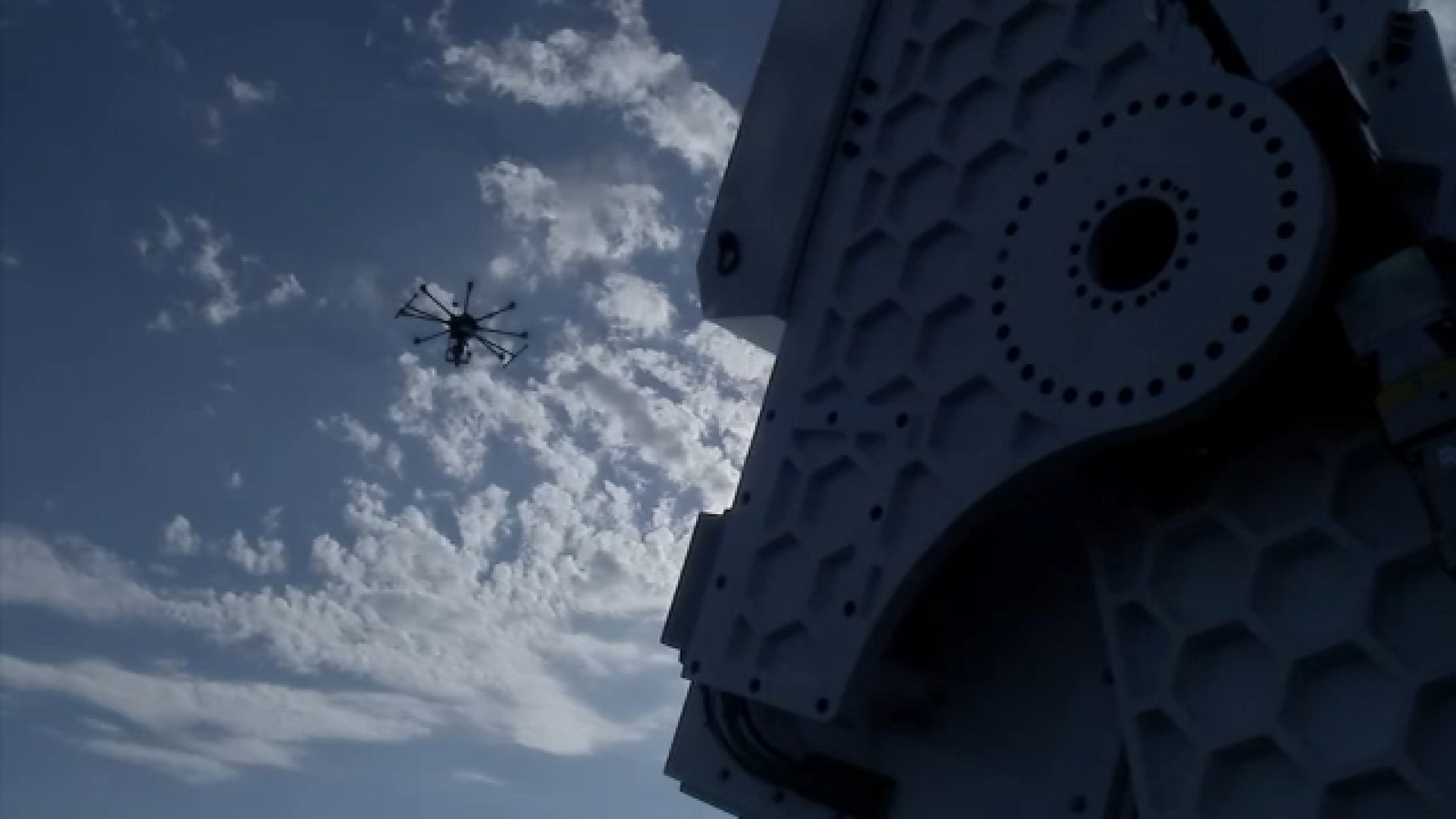Is This Alien Tech Heading for the Sun? Harvard Astrophysicist Claims 3I/ATLAS Could Be Artificial

The possibility of extraterrestrial life has captivated humanity for centuries. Now, a renowned Harvard astrophysicist is suggesting a startling possibility: a mysterious interstellar object, 3I/ATLAS, currently hurtling towards the sun, might be a piece of advanced alien technology.
Professor Avi Loeb, director of Harvard's Institute for Theory and Computation and known for his outspoken views on the search for extraterrestrial intelligence (SETI), argues that the object's trajectory and composition warrant serious investigation as a potential artificial construct. His findings have sparked both excitement and skepticism within the scientific community.
A Curious Orbit
3I/ATLAS, first discovered in 2023, is an interstellar object – meaning it originated from outside our solar system. What's particularly intriguing to Loeb is its orbit. “The orbit of 3I/ATLAS coincides with the plane of the Earth by only 5 degrees,” Loeb stated. “The probability of such a coincidence occurring randomly is only 0.2%.” He emphasizes that this alignment isn't just a minor deviation, but a statistically improbable event that suggests a deliberate design.
Beyond Natural Explanations
Loeb’s hypothesis extends beyond just the orbital alignment. He suggests that the object's unusual composition, if confirmed through further observations, could provide even more compelling evidence. He believes that if 3I/ATLAS is made of exotic materials—materials not typically found in naturally occurring interstellar objects—it would strongly suggest artificial construction. “We need to look for technological signatures, such as anomalous heat emission or a lack of expected spectral features,” Loeb explains. He is advocating for dedicated observation campaigns using advanced telescopes to analyze the object’s composition in detail.
The Sunbound Path and Future Observations
Currently, 3I/ATLAS is rapidly approaching the sun and is expected to disintegrate within the next few weeks. This presents a challenge for scientific study, but Loeb believes that even the final moments of its existence can yield valuable data. Analyzing the debris as it vaporizes could reveal clues about its internal structure and composition.
Skepticism and the Scientific Process
While Loeb’s hypothesis is provocative, it’s crucial to acknowledge the skepticism within the scientific community. Many researchers remain cautious, arguing that natural explanations for the object's orbit and composition might exist. They point out that interstellar objects are notoriously difficult to study, and our understanding of their formation and behavior is still evolving. However, Loeb's proposal has undoubtedly injected new energy into the search for extraterrestrial intelligence, encouraging scientists to consider unconventional possibilities and pushing the boundaries of our understanding of the universe.
The coming weeks will be critical as astronomers worldwide focus their telescopes on 3I/ATLAS. Whether it proves to be a piece of alien technology or a fascinating natural phenomenon, the study of this interstellar object promises to deepen our knowledge of the cosmos and our place within it. The possibility, however remote, keeps the dream of discovering life beyond Earth alive.






